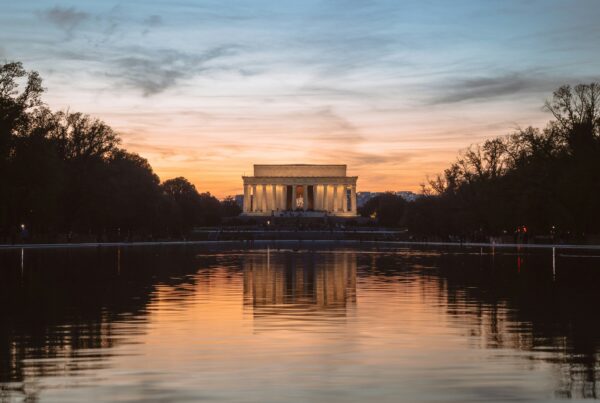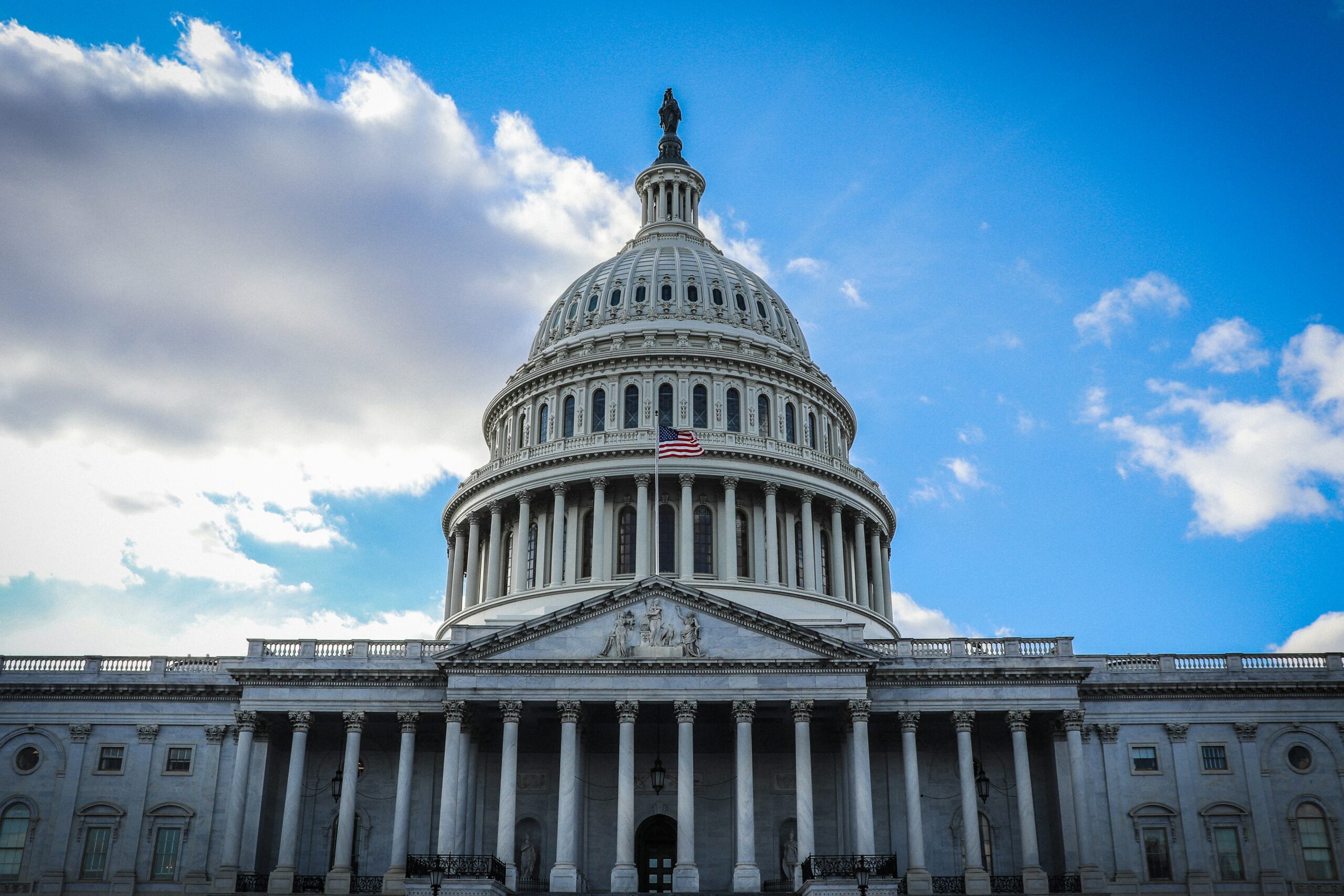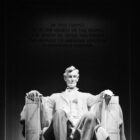How the Location of Presidential Inaugurations Has Changed Over Time
Presidential inaugurations have long marked the peaceful transfer of power, becoming one of the most anticipated national ceremonies. While today’s inaugurations are synonymous with the U.S. Capitol in Washington, D.C., this hasn’t always been the case. The journey to establishing this iconic setting reflects a rich history, evolving from modest beginnings in temporary capitals to the grand, highly publicized events we see today. Each location along the way has held symbolic significance, capturing different eras in the nation’s story.
The Early Years: New York City and Philadelphia
When George Washington took the oath of office as the first President of the United States on April 30, 1789, there was no established federal capital. The newly formed nation was still in the process of organizing its government, and Washington’s inauguration took place at Federal Hall in New York City. As the first national capital, New York was chosen for its political and economic significance. Washington stood on the balcony of Federal Hall to take the oath, administered by Chancellor Robert Livingston, in front of a crowd of onlookers.
However, New York’s status as the nation’s capital was short-lived. In 1790, the capital was moved to Philadelphia, where it remained for the next decade while a permanent capital was being developed. On March 4, 1793, Washington’s second inauguration took place in Philadelphia at Congress Hall, located near Independence Hall. The city also hosted John Adams’ inauguration on March 4, 1797, making it the site of the first peaceful transfer of power between presidents.
The Move to Washington, D.C.
The Residence Act of 1790 established the creation of a new capital along the Potomac River, which would eventually become Washington, D.C. By the time Thomas Jefferson took office as the third president on March 4, 1801, the city was ready—albeit still under construction. Jefferson’s inauguration was the first to be held in the new capital. The modest ceremony took place inside the Senate Chamber of the still-incomplete Capitol building. The choice of location was symbolic of Jefferson’s preference for a more humble and less regal approach to the presidency.
From this point forward, Washington, D.C., became the permanent home of presidential inaugurations. Over the years, as the city developed and the nation grew, the ceremony itself evolved. The Capitol building became not just a functional space but a symbol of American democracy.
The Capitol’s West Front: A New Tradition
For many years, inaugurations were held on the East Portico of the Capitol. However, in 1981, Ronald Reagan’s inauguration marked a significant change when the ceremony was moved to the West Front of the Capitol building. This change was driven by practical and symbolic reasons. The West Front offered more space for the growing crowds of spectators and provided a stunning backdrop of the National Mall, with the Washington Monument and Lincoln Memorial visible in the distance. This location emphasized the president’s connection to the people and the nation’s historical landmarks.
Since then, all subsequent presidents have taken their oath of office on the West Front, except in rare cases of inclement weather or extraordinary circumstances.
Notable Exceptions and Unique Locations
While Washington, D.C., has been the standard location for most inaugurations, there have been a few exceptions due to unforeseen circumstances. For example:
- Chester A. Arthur took the oath of office at his New York City home in 1881 after President James A. Garfield succumbed to an assassin’s bullet.
- Calvin Coolidge was sworn in by his father at their family home in Vermont in 1923 following the sudden death of President Warren G. Harding.
- Lyndon B. Johnson took the oath aboard Air Force One in Dallas, Texas, in 1963 after the assassination of John F. Kennedy.
These instances highlight the flexibility of the inauguration ceremony, demonstrating that while location is significant, the core of the event—the peaceful transfer of power—remains paramount.
Today, the presidential inauguration has become a highly anticipated event, drawing thousands of spectators to the National Mall and millions more watching from home. The West Front of the Capitol, with its iconic backdrop, serves as a fitting stage for a ceremony that represents the enduring principles of democracy.

Inauguration Day Traditions for Families Visiting D.C.

What It Takes to Plan an Inauguration: A Look Behind the Curtain
Newsletter signup
Sign Up To Be Notified Of Inauguration Ticket News And Special Offers! We’ll keep you updated with the most recent news regarding the Inaugural Parade, Swearing in Ceremony, and Inaugural Balls by joining our newsletter below.





